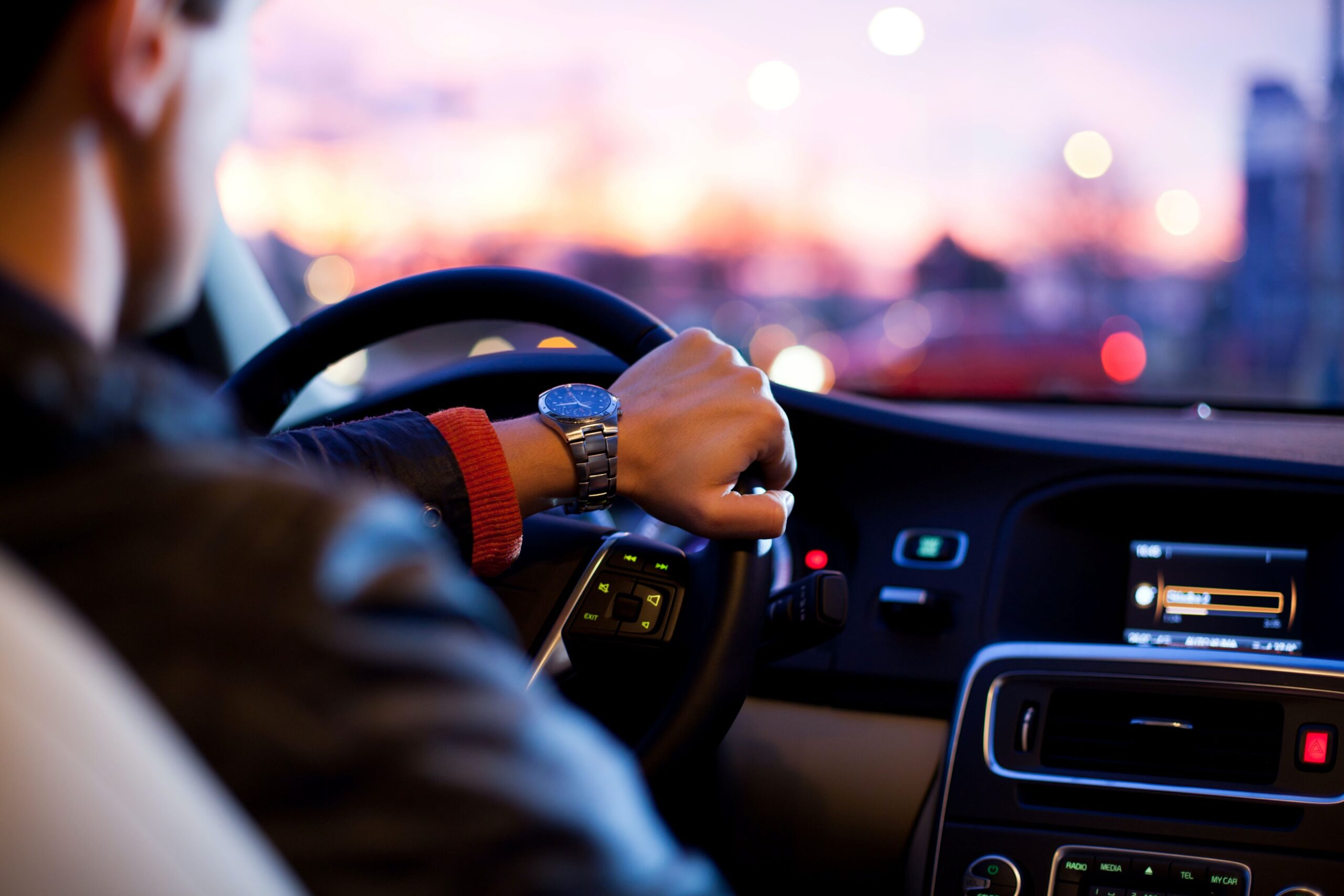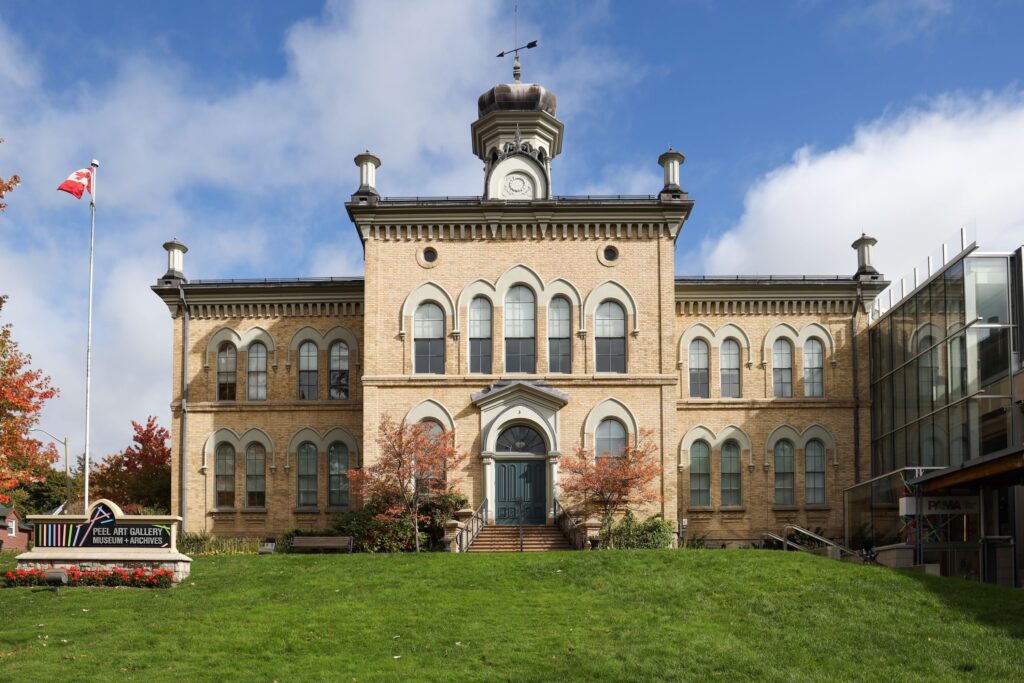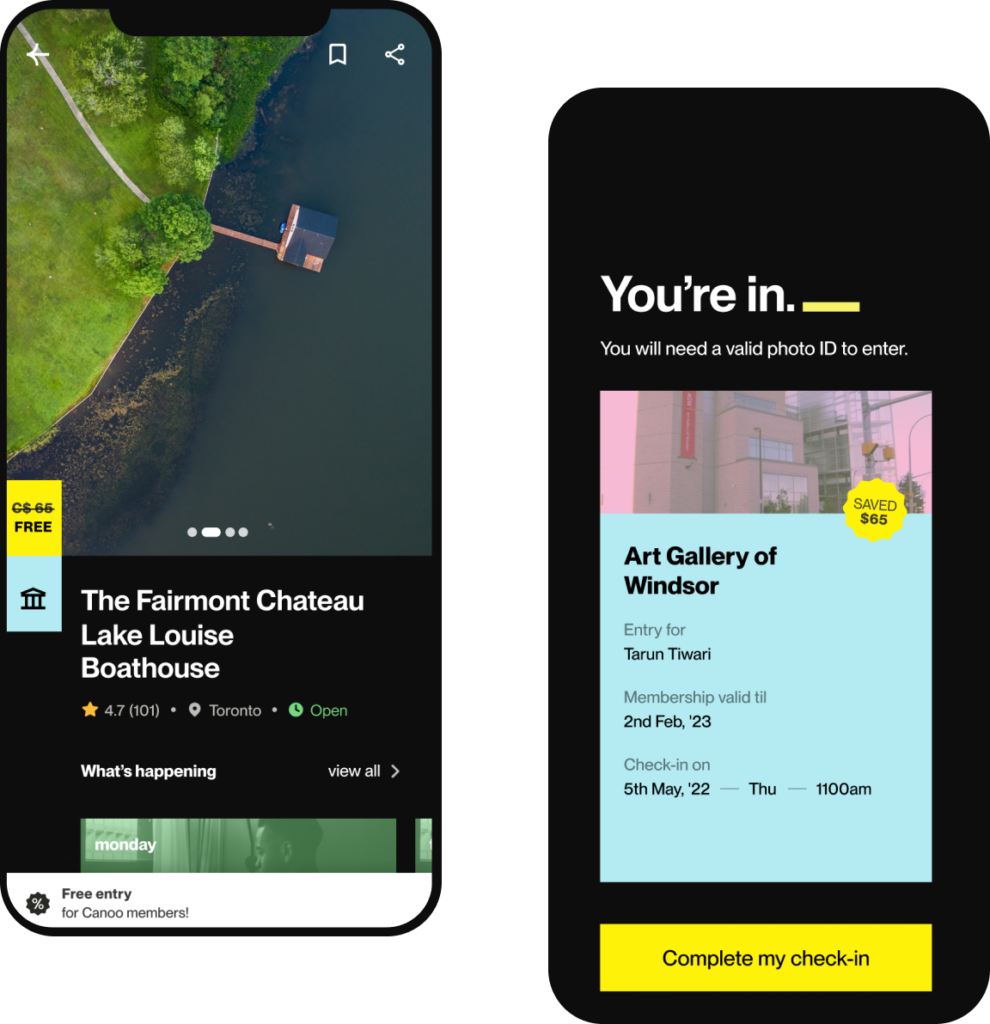Getting a BC driver’s license is a thrilling and liberating life achievement. The procedure in British Columbia was designed to guarantee that newly licensed drivers have the abilities and information required to drive safely on the roads. Whether you’re an adult applying for a license for the first time or an adolescent excited to get behind the wheel, this guide will take you through the necessary procedures to obtain a driver’s license in British Columbia.
Step 1: Qualifications and documents required
Make sure you meet the eligibility requirements before beginning the process. To apply for a Class 7 Learner’s License, you must be at least 16 years old. Collect the necessary paperwork, such as identification, citizenship, and/or residency certificates before going to the Insurance Corporation of British Columbia (ICBC) Office where you will begin the process.
Step 2: Completing the Knowledge Exam
The first thing you must do is write the Class 7 knowledge test, which tests your knowledge of traffic laws, signs, and safe driving techniques. The test can be scheduled at the ICBC Office in your local community. To improve your chances of passing the test, study ahead of time with the British Columbia Driver’s Handbook.
Step 3: Get a Learner’s Permit for Class 7
A Class 7 Learner’s License (or L License) will be issued to you after you pass the knowledge exam. With this license, you can begin driving lessons under the guidance of a driver who holds a valid license.
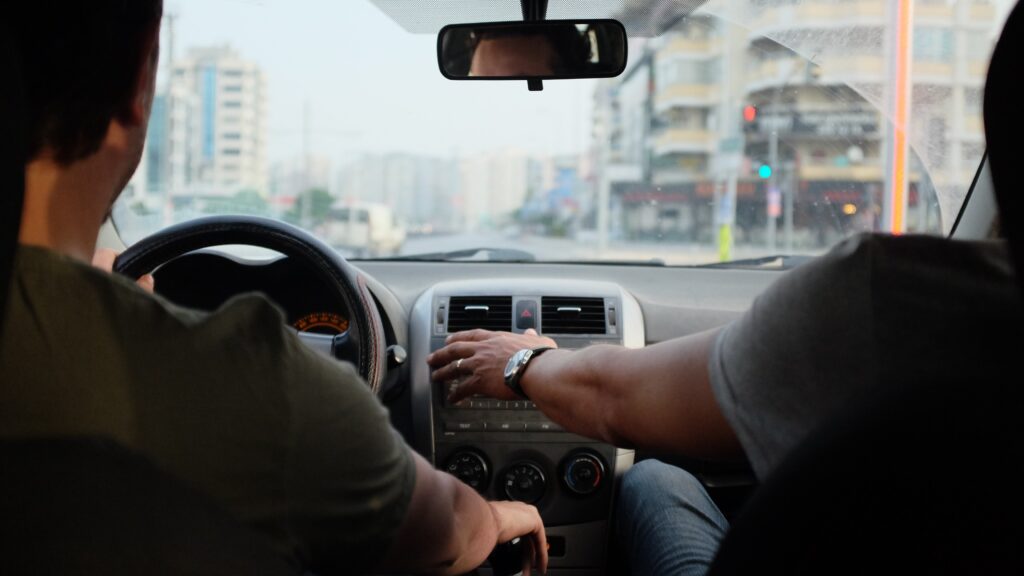
Step 4: Practice
You must drive a Class 7 Learner’s License without an incident for at least 12 months to advance to the next level. Make sure that you always drive with a licensed driver in the car to act as a supervisor, as well. Once you practice successfully for the designated time, you can transition to a Class 7 N. It’s critical to establish safe driving practices and obtain real-world experience in a range of driving scenarios during this time.
Step 5: Pass the Class 7 Driving Exam
To receive your Class 7 N License, you need to pass the road test. After months of responsible practice, you’re sure to be ready. You can schedule the Class 7 road test once you’ve finished the necessary practice time. This hands-on exam evaluates your driving skills. You can advance to the next license once you pass the driving test.
Helpful Hints: You can take the test again after 14 days. If you take the test a second time and fail again, you have to wait 30 days until your next attempt. If after three or more tries you still don’t pass, you can take the test again after 60 days.
Step 6: Get a Novice Class 7 N License
You will be granted a Class 7 N novice license after passing the Class 7 road test. You can now drive without supervision if you have this license, but there are certain limitations, like a passenger cap and the need to have an “N” sign on your car.
Step 7: Practice and gain a Class 5 license
You must possess a valid Class 7 N license for a minimum of 24 months without any driving-related restrictions, to be eligible for a full license, also known as a Class 5 driver’s license. You can also shorten this time to 18 months by taking a driver’s training course during your Learner’s phase. Continue honing your driving abilities and knowledge during this time while continuing to practice responsibility. You will be working towards this full, restriction-free license over time as you become a great driver. In the end, practice makes perfect.
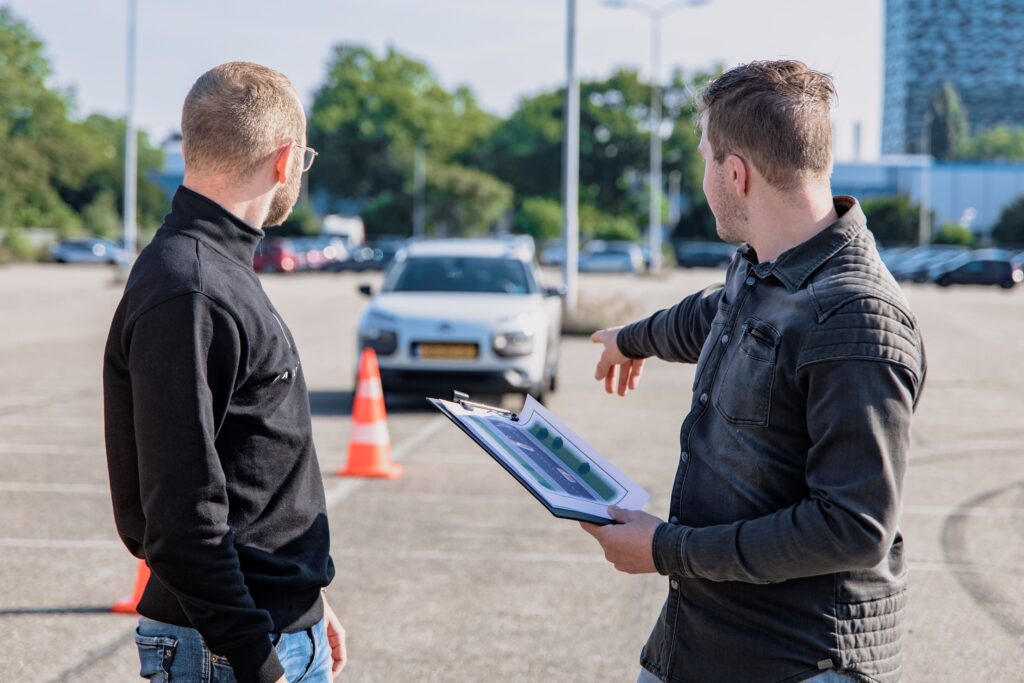
Step 8: Pass the Class 5 Driving Exam
You can take the Class 5 road test to get a full-privilege driver’s license after you meet the requirements. It’s like the previous road test, but with a few additional challenges. This test assesses your driving skills and verifies that you are prepared for the duties of a fully licensed driver.
For newcomers with international driving experience:
Getting a driver’s license in British Columbia is a simple process for newcomers who have previously held a license in another country. First, find out if you are eligible to have your driving history from abroad recognized. Then, you should gather the necessary paperwork, such as their foreign driver’s license and identity verification. A visit to the nearby ICBC office determines eligibility and may lead to exemptions from some of the steps listed above. A Class 5 license may be obtained directly without going through the learner’s license stage, depending on the assessment.
However, if your driving history is not recognized, you must start from the beginning with a Learner’s License.
To facilitate an easy transition, newcomers should familiarize themselves with local driving conditions, update their insurance, and register their vehicles. If necessary, they should also take the Class 7 knowledge test. This all-encompassing strategy guarantees that people with prior foreign driving experience can safely drive on British Columbia’s roads.
Find your local ICBC Office here.
In British Columbia, the process of obtaining a driver’s license is crafted to guarantee that drivers are adequately equipped for driving. You can drive safely and enjoyably by taking the time to practice and learn. By following these steps and going through the process with confidence.
